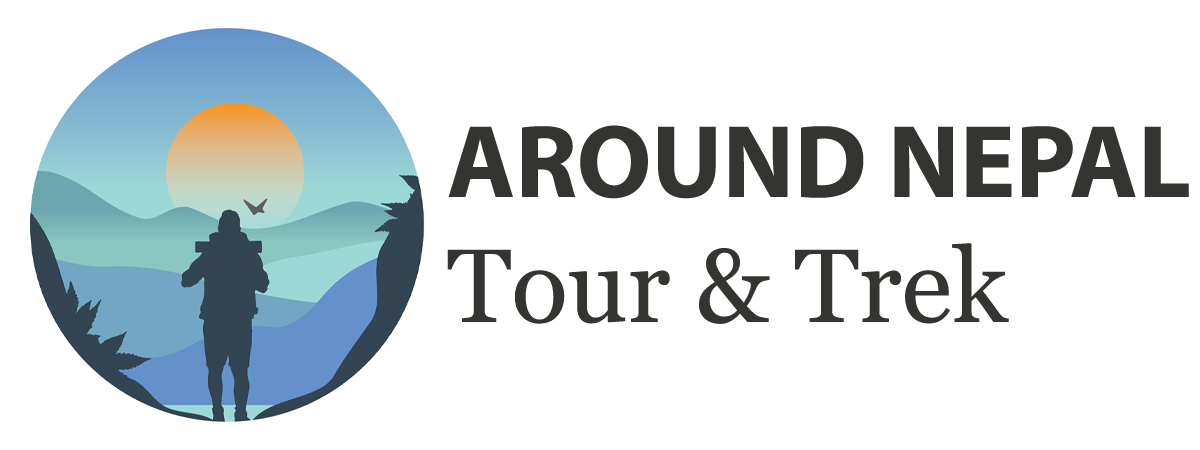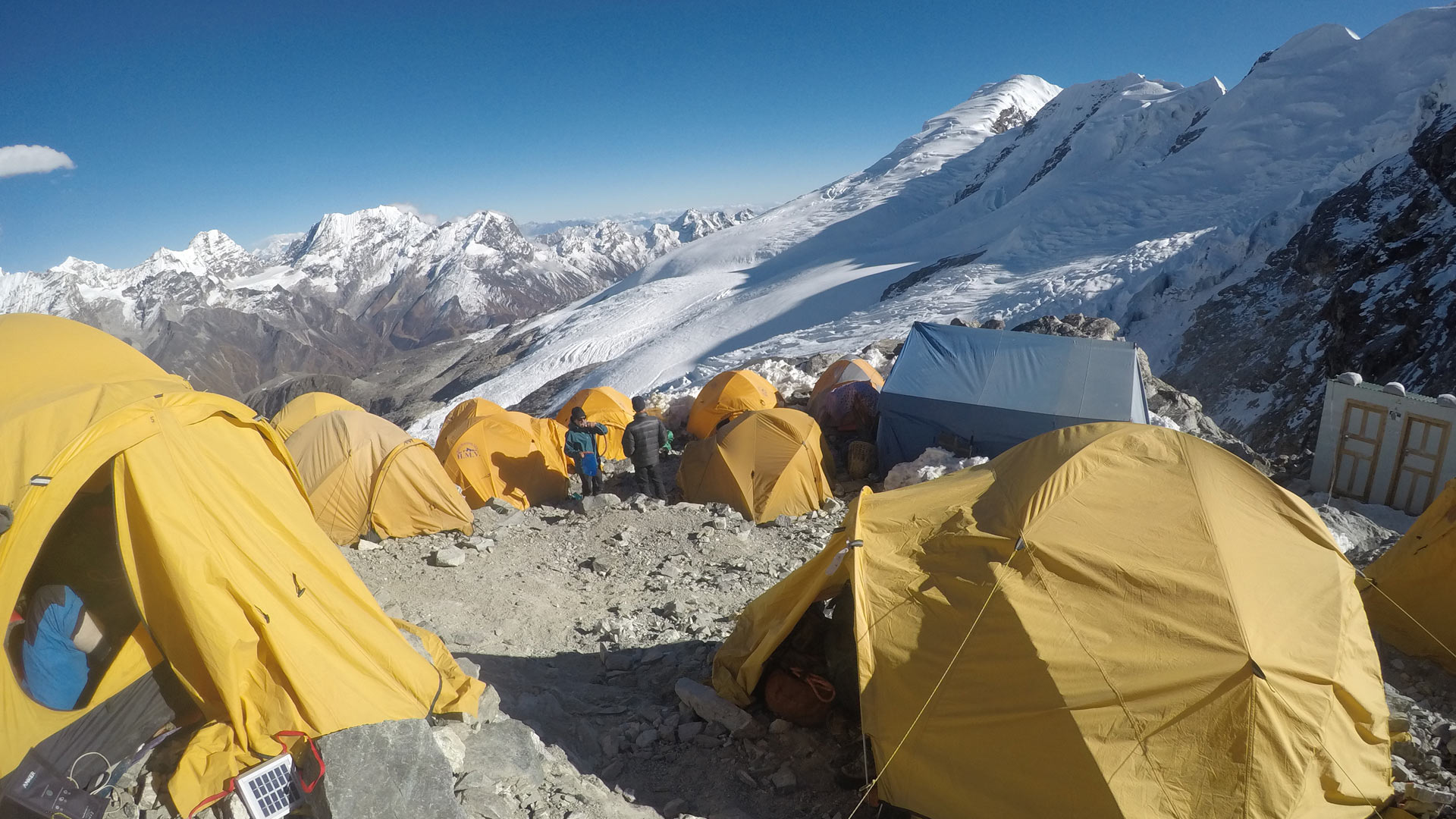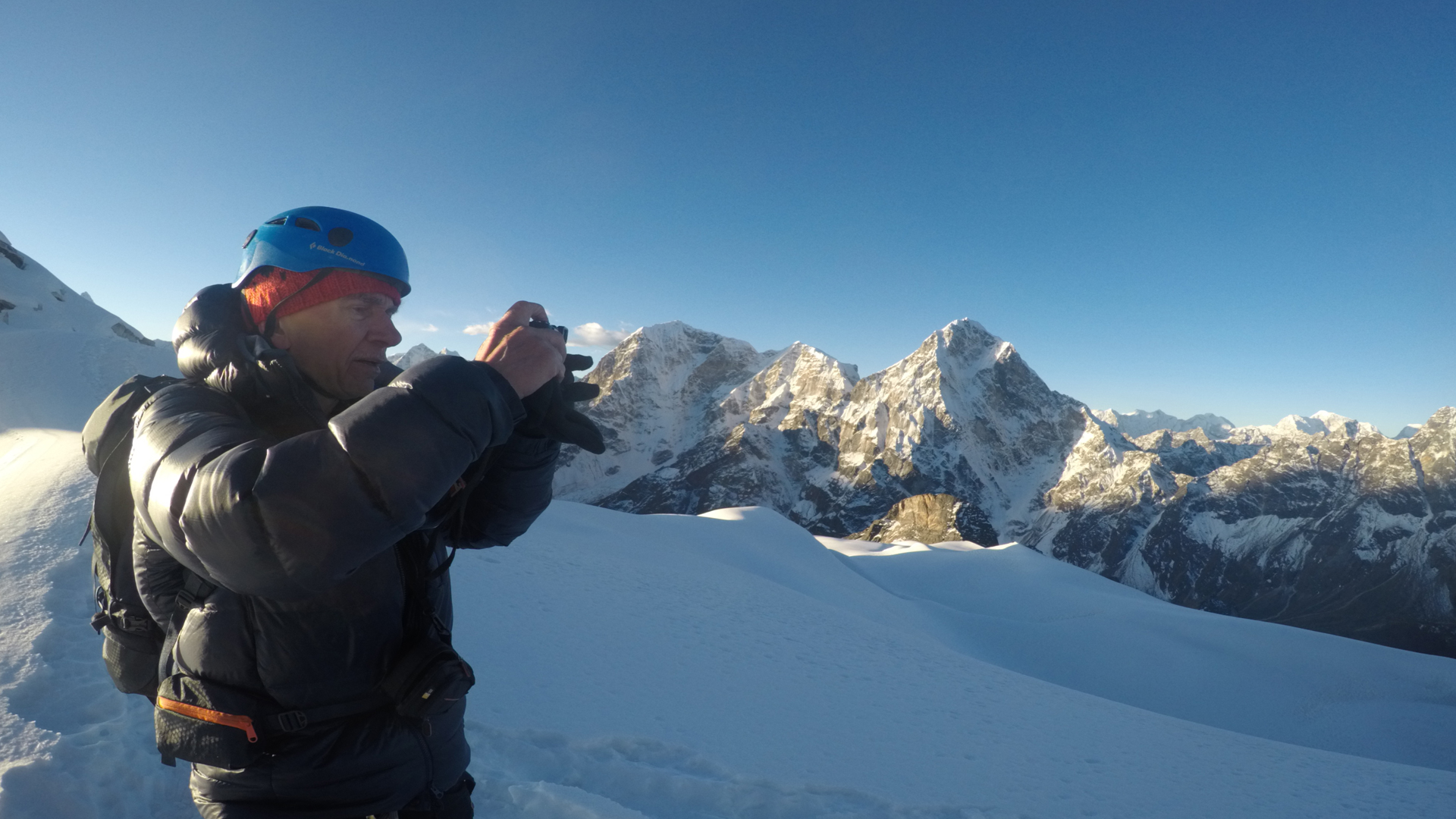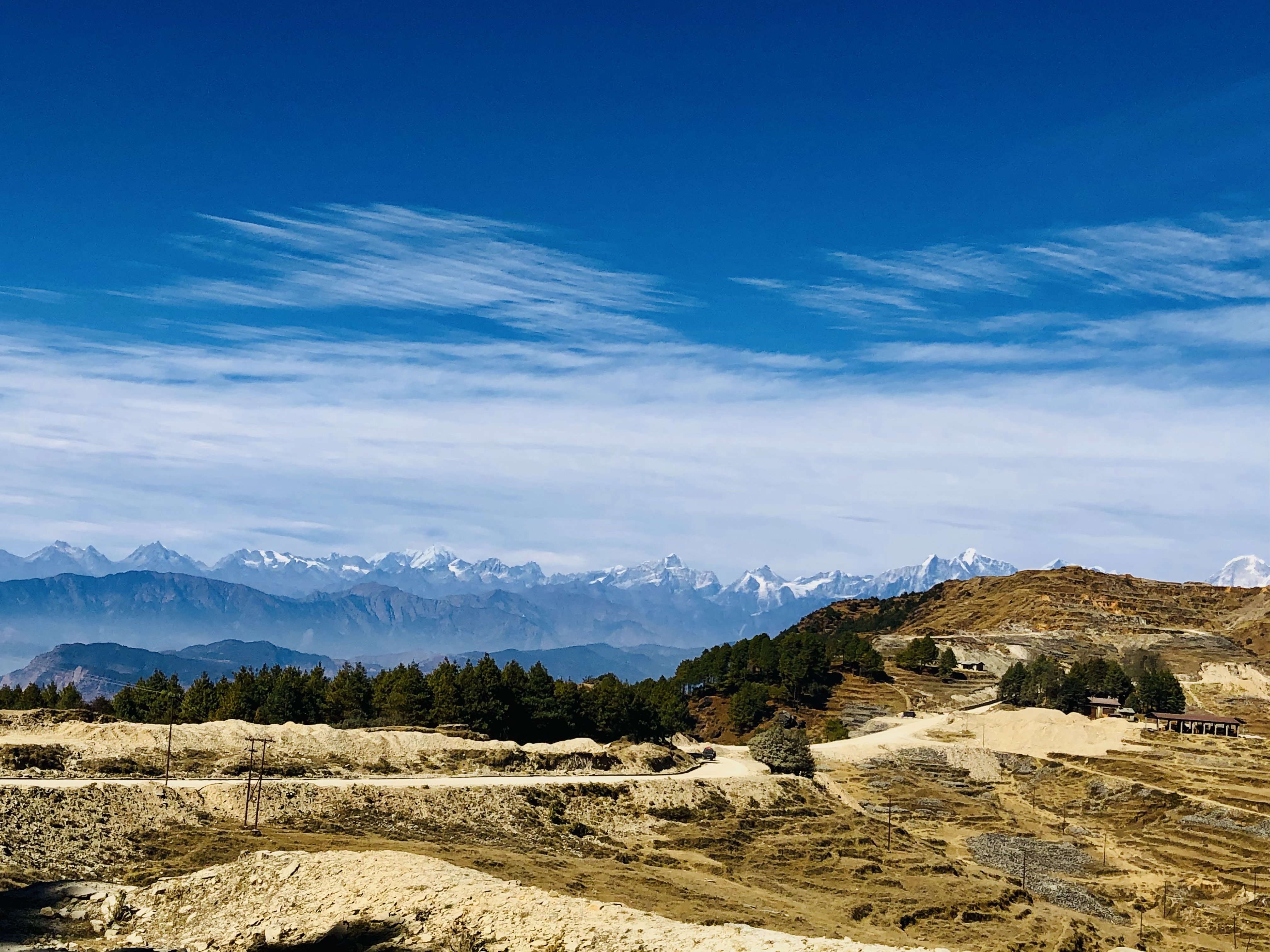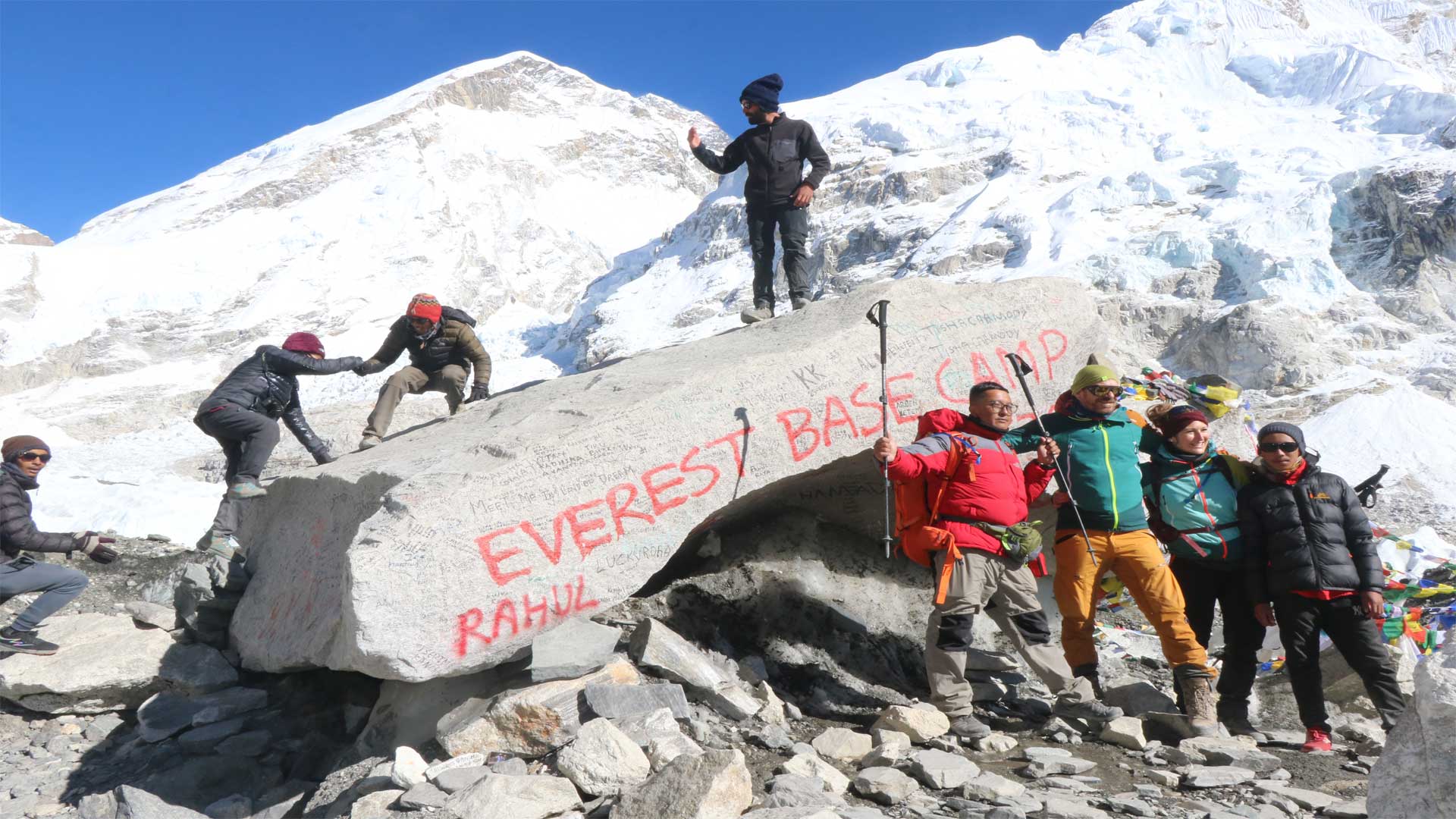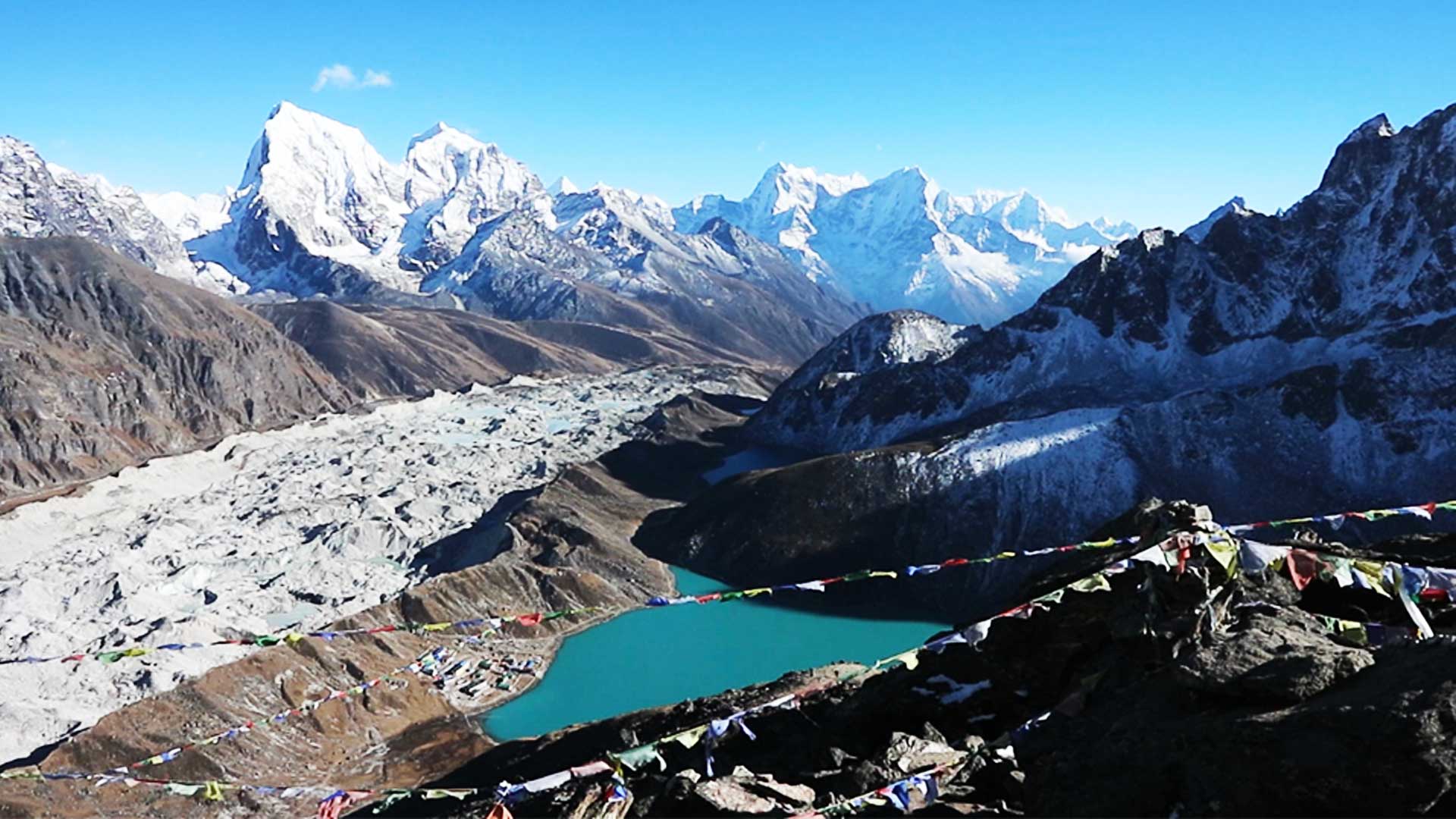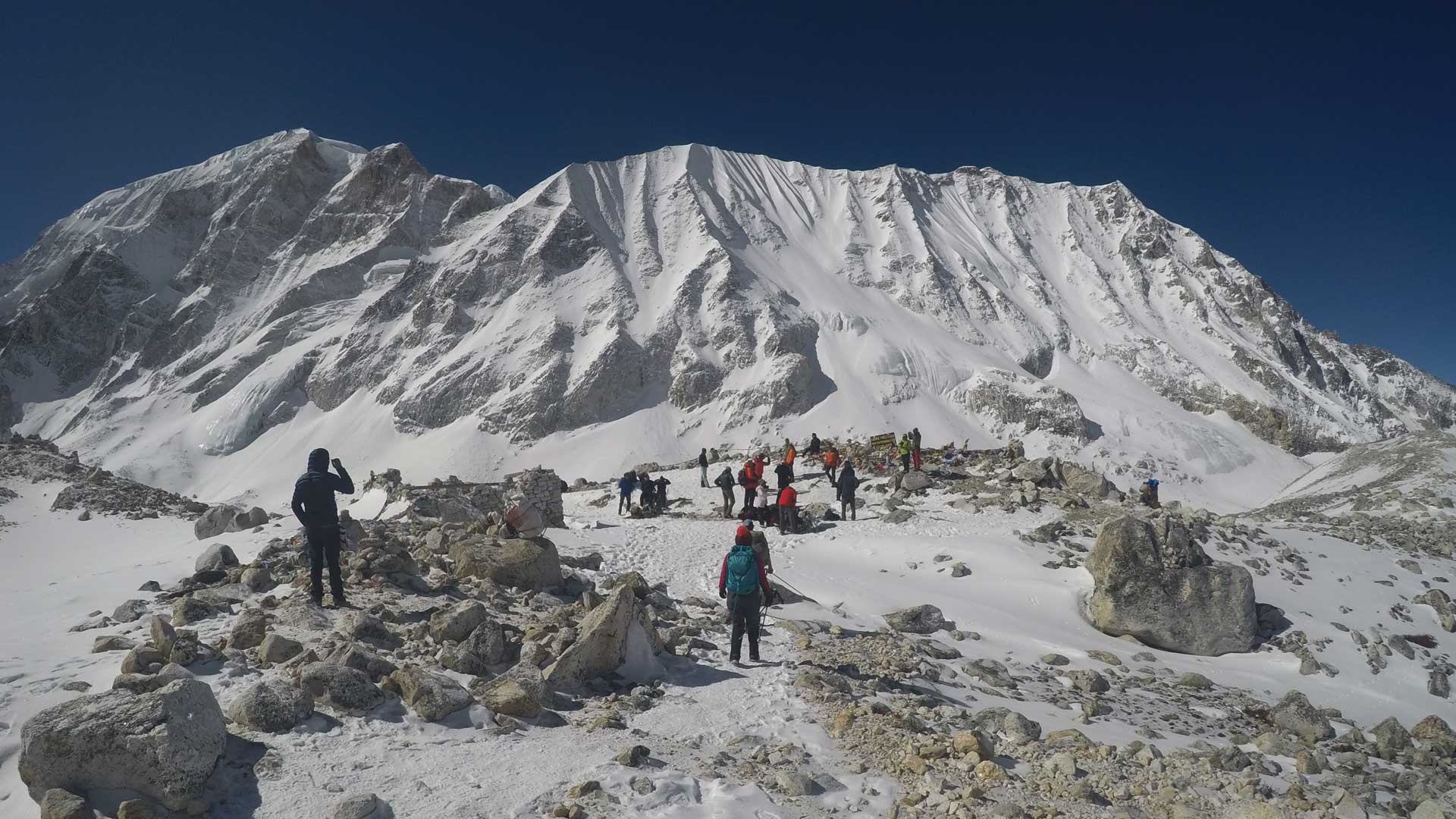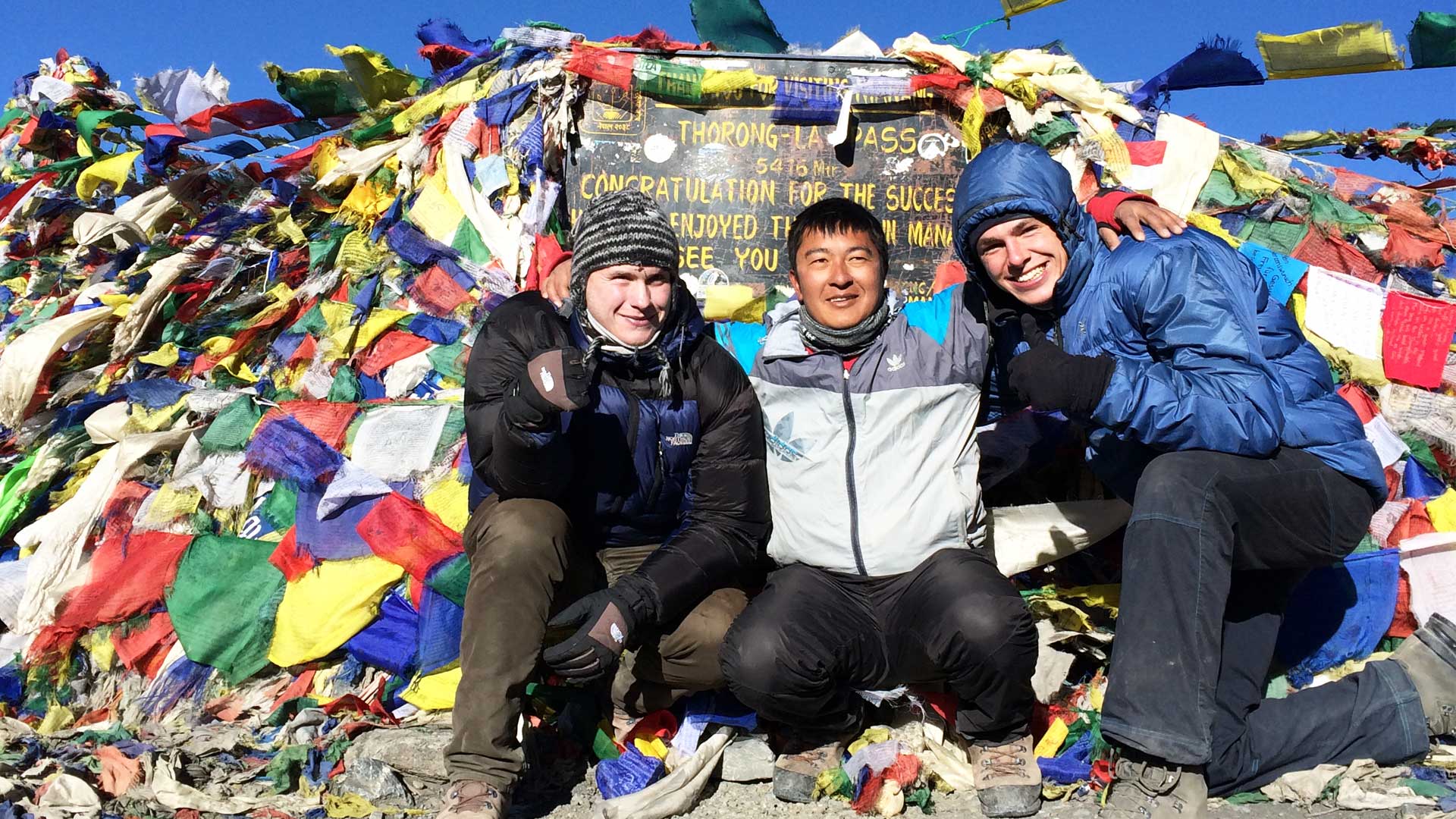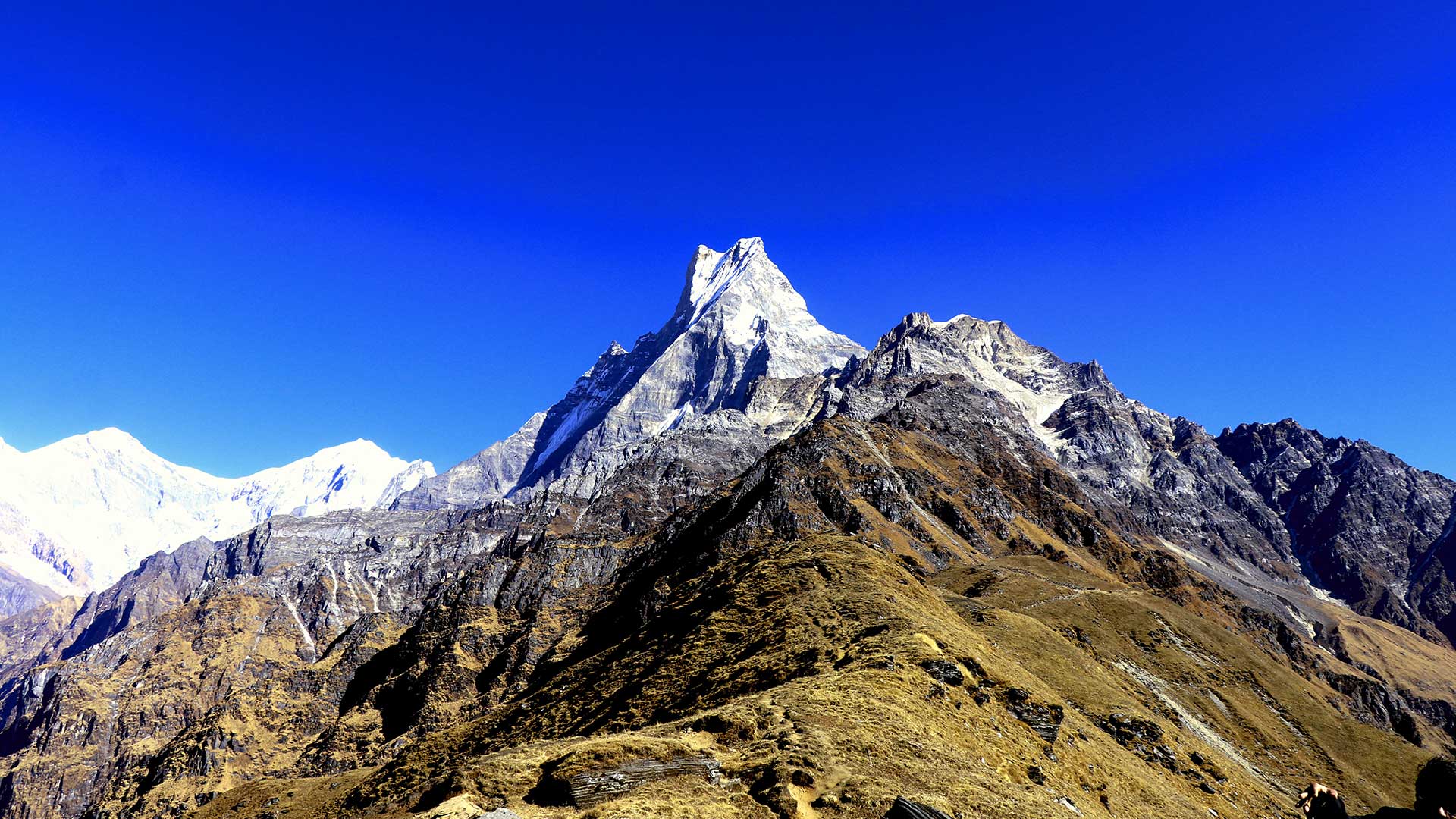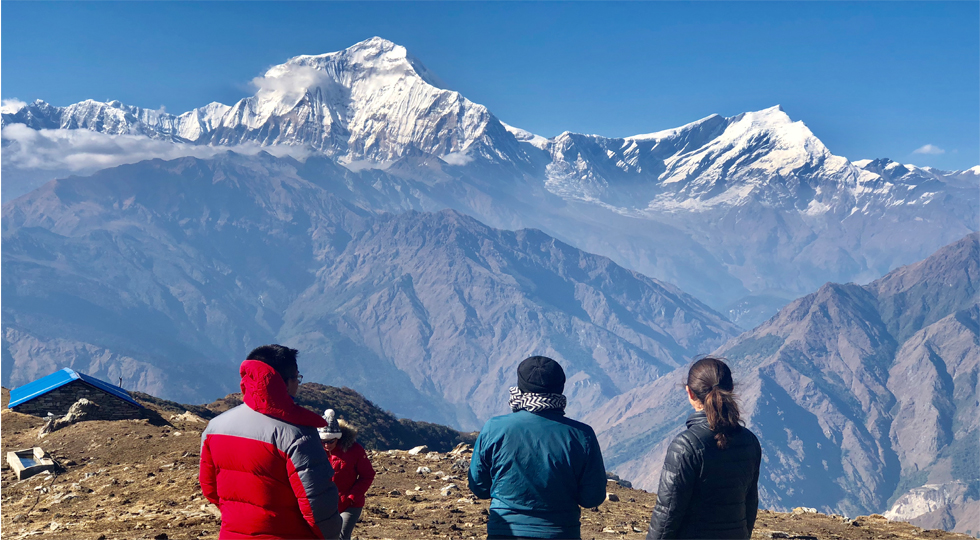Island Peak Climbing
17 Days
6,189m
Spring & Autumn
Tea house + Tent
TRIP HIGHLIGHTS
- Summiting Island Peak at 6,189 meters.
- Breathtaking panoramic views of some of the world's highest peaks such as, Mount Everest, Lhotse, Nuptse, Makalu, Ama Dablam, and others.
- Classified as a trekking peak, but requiring technical climbing skills.
- An opportunity to learn about the Sherpa community, their customs, traditions, and way of life.
- Visiting significant landmarks such as Namche, Tengoche monastery, Everest Base Camp, and Chhukung Valley.
- It is accessible to climbers with limited time.
TRIP OVERVIEW
Island Peak, also referred to as Imja Tse, is located in Nepal's Solukhumbu District and rises 6,189 meters above sea level. Mount Everest, the highest peak in the world, is located in the Solukhumbu district. Island Peak is a prominent trekking peak in Nepal's Khumbu region, sitting near to the iconic Everest Base Camp trekking route. It resides within the Sagarmatha National Park. Those trekkers and mountaineers chose it as an entry point into the fields of high-altitude mountaineering.
Island Peak trekkers and climbers must obtain permit cards to enter Sagarmatha National Park to climb Island Peak. The summit of Island Peak offers stunning panoramic views of the surrounding snowcapped peaks, including Mount Everest, Lhotse, Nuptse, Ama Dablam etc. It offers the Himalayan landscapes, local Sherpa, Rai culture, the high-altitude mountaineering challenges.
Actually, the Island Peak consists of a base camp at approximately 5,200 meters, next to a high camp approximately 5,600 meters. The Island Peak Climbing necessitates the assistance of an experienced or skilled local guide or Sherpa who is familiar with the route, geography, terrain, risk of high altitude, people, and so on.
SHORT ITINERARY
The best seasons for Island Peak Climbing
The best time for climbing Island peak is during pre-monsoon of spring season (April, May) and post-monsoon of autumn season (October, November). These periods has generally stable weather, clear skies.
Food and Accommodation for Island Peak Climbing
When planning to climb Island Peak, consider your food and lodging alternatives. There are various accommodations along the trekking path to Island Peak Base Camp, including tea houses and hotels. The majority of accommodations include basic amenities such as a bed and a blanket. At Island Peak base Camp, the climbers built a tent-based base camp.
Tea houses serve a variety of foods, including Nepali, Tibetan, and Western fare. Rice, dal (lentil soup), vegetables, and meat (if available), noodles, and other meal alternatives are offered. Tea houses also serve hot beverages such as tea, coffee, and hot chocolate. Other food items such as Momo, spaghetti, bread, pizza, burgers, and so on are available on certain of Nepal's trekking routes.
Some climbers prefer to take packaged and dried meals with them on their climb, particularly at higher altitudes where food alternatives are limited. So, pack energy-giving items to maintain your energy levels up during the climb, such as nuts, energy bars, high-calorie snacks, chocolates, and so on. As you climb higher or travel to a more remote trail, your food becomes more basic, expensive to purchase and fewer in variety.
Training and experience for Island Peak climbing
Though Island Peak climbing is a beginner-friendly peak, it need to have some proper basic trekking and mountaineering skills or experiences and acclimatization to ensure safety and increase of chances of a successful summit. However, due to the technical nature of Island peak climbing, you have to be mentally and physically fit and well-prepared.
The top of Island Peak provides breathtaking views of the surrounding snow-capped peaks, including Mt. Lhotse, Mt. Makalu, Nuptse, Ama Dablam, and others. It offers stunning Himalayan vistas, Sherpa culture, and high-altitude mountaineering adventures.
The best season to climb Island Peak
The best seasons to climb Island peak are during the spring early monsoon (April, May) and the autumn post-monsoon (October, November). During these times, the weather is normally stable with clear skies.
DETAILED ITINERARY
FREQUENTLY ASKED QUESTIONS
How difficult is it to climb Island Peak?
Island Peak is challenging to climb, but if climbers have well-prepared, basic climbing training, mental and physical fitness, climbing equipment, acclimatization, and so on, they can attempt to reach the summit.
Is it worth climbing Island Peak?
Climbing Island Peak is worthwhile because it provides the experience of climbing technical mountains and serves as the first step in climbing higher and more difficult mountains such as Mount Everest.
Which is more suitable, Island Peak or Mera Peak?
It is up to the climbers to decide which one they prefer. Though Mera Peak (6,476 meters) is higher than Island Peak (Imja Tse in Nepalese) (6,189 meters), Island Peak is more challenging than Mera Peak due to steeper ice climbs. Climbing Mera Peak does not necessitate sufficient mountaineering expertise, experience, or training.
Is it possible for a beginner to climb Island Peak?
Despite being a challenging mountain, Island peak is suitable for beginners to climb because it is not very steep, overly technical, or distant enough.
What is the Nepalese name for Island Peak? Or, how did Imjatse Peak get the name of Island Peak?
Island Peak is a mountain in Nepal's Sagarmatha National Park (a natural UNESCO World Heritage Site) in the Solukhumbu district. The members of the British Mount Everest expedition viewed Imja Tse Peak from Dingboche (4,410m) in 1953 and noticed it looks like an island in a sea of ice, thus they named it Island Peak.
